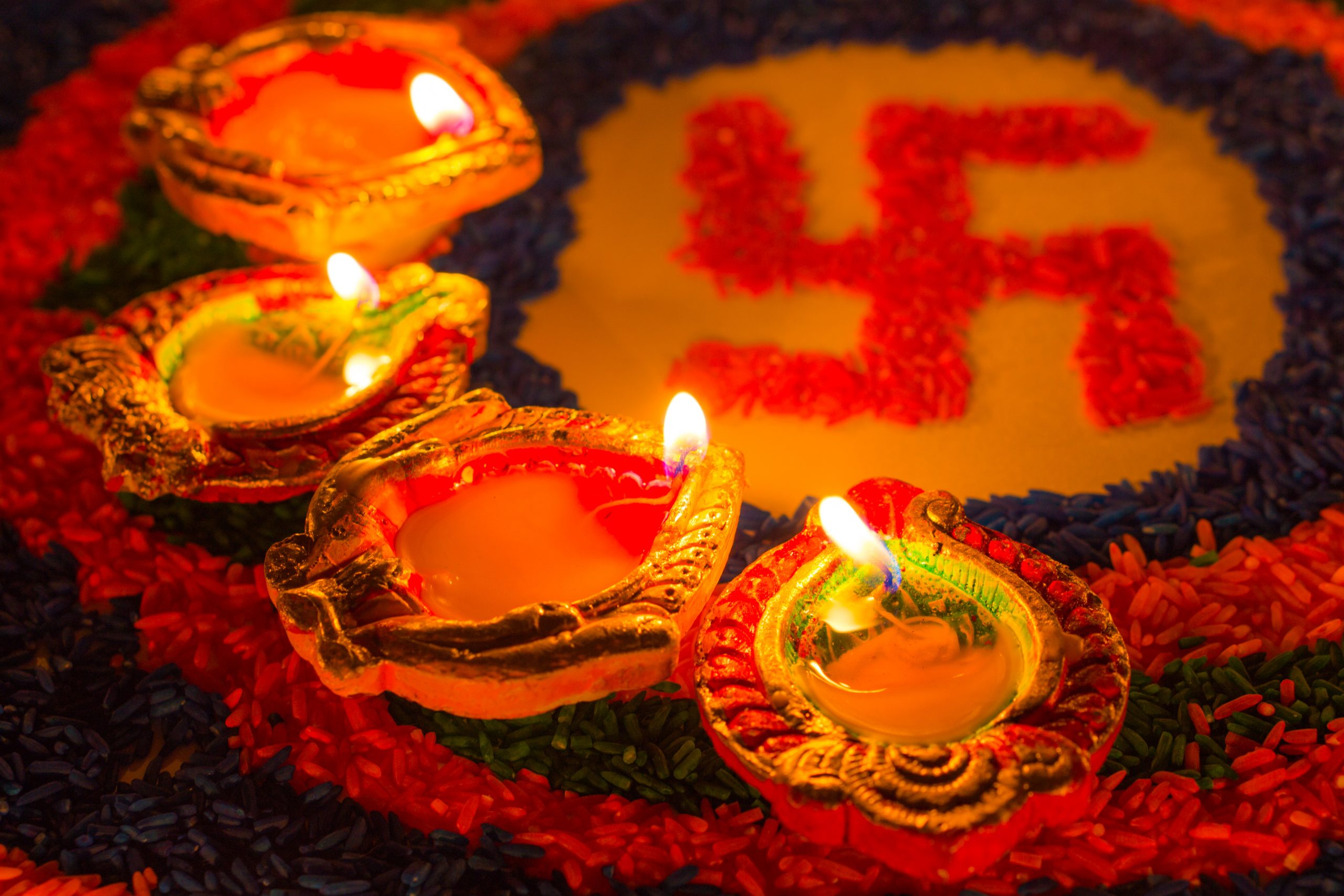No they didn’t. Residents of the state of Jammu and Kashmir, though citizens of India, lived without the full protection of the Indian Constitution and were governed by a separate set of laws, which in many ways granted them fewer rights and protections than other Indian citizens.
Some examples?
Under Indian law, women are not penalized for marrying someone from another state. Until the abrogation of Articles 370/35A, Kashmiri women who married someone from outside the state were discriminated against, being barred from passing property on to their children.
Under Indian law, women have protection against domestic violence under a comprehensive act providing expanded definitions and legal remedies. Until the abrogation of Articles 370/35A, Kashmiri women were excluded from this act.
Under Indian law, Muslim women are protected against automatic divorce or “triple talaq” in which the husband’s repetition of the word “talaq” three times constituted a formal repudiation of his wife. Until the abrogation of Articles 370/35A, Muslim Kashmiri women were not afforded this protection.
Under Indian law, members of Scheduled Castes have access to a number of affirmative action programs for educational, economic, and political opportunity. Until the abrogation of Articles 370/35A, members of these historically disadvantaged communities from Jammu and Kashmir did not.
Under Indian law, children under the age of 14 have a right to education. It’s also illegal to marry children. Until the abrogation of Articles 370/35A, Kashmiri children did not enjoy this right nor were they protected against child marriage.
Under Article 35A, the indigenous Hindu Kashmiri Pandit population — after being ethnically cleansed from the state in 1989-1990 — was stripped of their permanent residency with no way of gaining it back. This cemented into law a massive demographic shift in the state, reducing the Hindu population of the region to a miniscule fraction of what it had been prior to the largest ethnic cleansing that occurred nearly 30 years ago. Thanks to the abrogation of Articles 370/35A, Kashmiri Pandits finally have hopes of returning to their ancestral homeland.
Under Indian law, it’s not illegal to be gay. Until the abrogation of Articles 370/35A, these laws didn’t apply to Kashmiri gay and lesbian individuals.
Under Indian law, a third tier of governance known as local-self-governance at the village level (similar to city councils), is accorded official legal recognition and certain protections to ensure free and fair elections. This system has not only placed local decision-making in the hands of local people, but has greatly empowered women across India’s the rural heartland. Until the abrogation of Articles 370/35A, the laws pertaining to local elections were not applicable to Kashmir.
Under Indian law, special agencies have been set up to combat corruption in government agencies and public sector businesses. Until the abrogation of Articles 370/35A, many of India’s anti-corruption laws were not applicable in Kashmir.







































